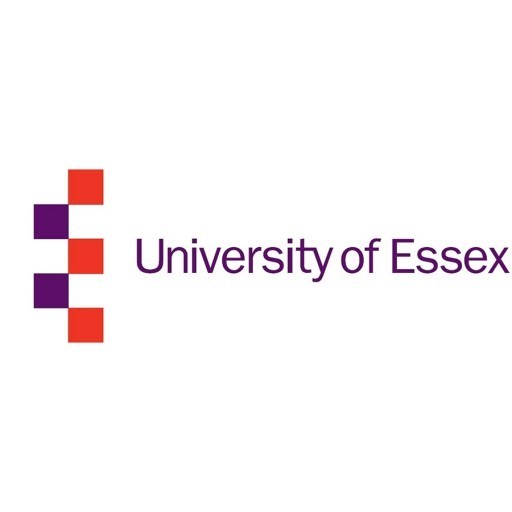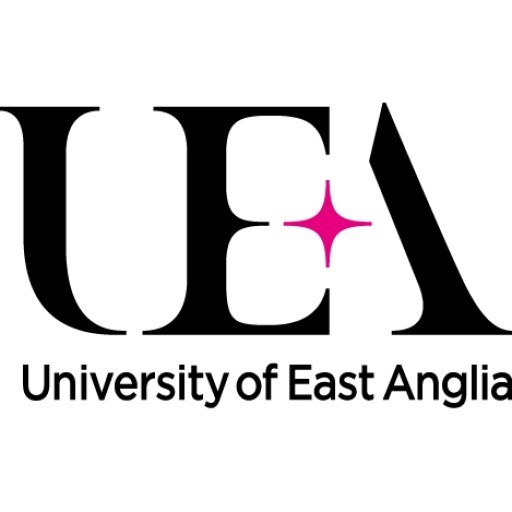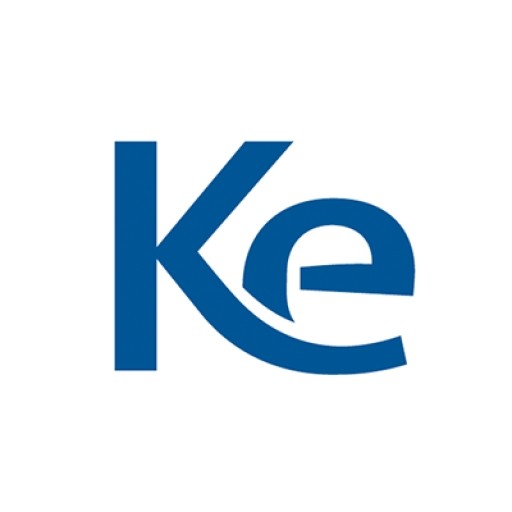Photos of university / #uniessex
Literature and History of Art at the University of Essex offers a comprehensive and dynamic exploration of artistic and literary traditions across different periods and cultures. This interdisciplinary degree programme is designed to provide students with a deep understanding of the interconnectedness between literary expression and visual art, fostering critical analysis and cultural awareness. Throughout the course, students will engage with a wide range of texts—from medieval manuscripts and Renaissance paintings to contemporary literature and modern art movements—developing skills in close reading, visual analysis, and contextual interpretation. The programme emphasizes both theoretical and practical approaches, encouraging students to analyze historical artworks, literary works, and their roles within societal and cultural developments.
Students will have the opportunity to study core topics such as the history of Western art and architecture, literary movements across different eras, and the socio-political contexts that shaped these artistic and literary forms. The curriculum includes modules on digital humanities, which will equip students with contemporary research skills, as well as options for exploring non-Western art and literature to broaden global perspectives. Teaching methods combine lectures, seminars, and hands-on projects, enabling students to apply their theoretical knowledge in practical contexts, including museum visits, exhibitions, and digital exhibitions.
The programme is supported by expert faculty members who are active researchers and practitioners in their fields, ensuring that students receive up-to-date knowledge and mentorship. Graduates from the Literature and History of Art programme will be well-prepared for careers in museums, galleries, publishing, education, arts administration, and cultural consultancy, as well as for further academic study at postgraduate level. The course fosters critical thinking, visual literacy, and communication skills—essential tools for engaging with the ever-evolving cultural sector. By the end of the programme, students will have developed a nuanced understanding of how literature and visual art shape and reflect human experience across history, preparing them for a range of careers in the arts and humanities sectors.
Course Content for Literature and History of Art Program at the University of Essex
The Literature and History of Art program at the University of Essex offers students a comprehensive exploration of cultural, artistic, and literary developments through history. This interdisciplinary degree combines the study of visual arts, literature, and cultural history to provide a well-rounded understanding of how art and literature have shaped societies over time. Students will engage with a diverse range of periods, styles, and genres, from classical antiquity to contemporary art and literature.
The program is designed to develop critical thinking, analytical skills, and a nuanced appreciation of artistic and literary works within their historical contexts. Students will analyze key texts, artworks, and cultural phenomena, understanding their social, political, and philosophical implications. Core modules include an introduction to art history, exploring fundamental principles and methodologies, alongside modules in literature from different periods, such as medieval, Renaissance, modern, and contemporary literature.
In addition, students have the opportunity to study specific themes such as the relationship between art and society, the role of artists and writers in social change, and the influence of historical events on creative expression. Practical workshops may include art analysis, curatorial practices, and creative writing, enhancing hands-on skills and employability. The program also emphasizes research skills, encouraging students to undertake independent projects, dissertations, and presentations.
Throughout the degree, students benefit from the university's excellent resources, including access to art collections, libraries, and digital archives. There are opportunities for field trips, exhibitions, and guest lectures by leading scholars and practitioners. The interdisciplinary approach prepares students for careers in arts management, cultural policy, education, publishing, and further academic research.
By combining theoretical knowledge with practical experience, the Literature and History of Art course at Essex aims to cultivate informed and innovative thinkers capable of critically engaging with complex cultural dialogues. Graduates leave equipped with a deep understanding of the interconnectedness of art, literature, and history, ready to contribute meaningfully to cultural and artistic fields worldwide.
Programme requirements for Literature and History of Art at the University of Essex involve a combination of academic achievements and personal skills. Applicants are typically expected to have completed secondary education with strong grades in relevant subjects such as English, History, or Art. The programme values prior knowledge in these fields, but specific A-level or equivalent qualifications are not strictly mandated, as the university considers a holistic view of the applicant's academic record and personal statement. International students must demonstrate proficiency in English through standardized tests such as IELTS or TOEFL, with minimum scores specified by the university. Additionally, applicants are encouraged to submit a personal statement outlining their interest in Literature and History of Art, their motivation for choosing this programme, and any relevant experience or skills that demonstrate their suitability for the course. The university may also require references or letters of recommendation from teachers or other academic contacts who can attest to the applicant's academic potential and passion for the subject. For mature students or those with non-standard educational backgrounds, the university assesses applications on a case-by-case basis, considering relevant work experience, prior learning, or other qualifications. The selection process aims to identify students with both academic capability and a genuine interest in exploring the interrelated fields of Literature and History of Art. Successful applicants will need to demonstrate critical thinking, analytical skills, and an enthusiasm for cultural and artistic studies, which are fundamental to engaging with the course content effectively. In sum, the programme seeks motivated students with strong academic records, good English language skills where applicable, and a demonstrable passion for the exploration of literary texts and visual arts across different periods and cultures.
The University of Essex offers a range of financial support options for students enrolled in the Literature and History of Art undergraduate program. Funding opportunities include government-funded schemes such as the Student Loans Company (SLC) loans for UK students, which cover tuition fees and provide maintenance loans to support living costs. For international students, scholarships and bursaries may be available, though these are generally limited and competitive. The university also provides internal scholarships based on academic merit, financial need, or specific student demographics. These can significantly reduce the financial burden of studying, covering partial tuition fees or offering one-time bursaries to assist with living expenses.
Additionally, students can explore external funding sources such as research councils, trust funds, and arts foundations that support studies in humanities and arts disciplines. The university’s Financial Aid Office provides comprehensive guidance on applying for these funds and managing educational costs. Part-time work is also an option for students wishing to supplement their income during studies, with the university’s careers service offering assistance in finding suitable employment opportunities both on and off campus.
For students undertaking postgraduate studies within the same field, funding opportunities differ slightly but often include research grants, assistantships, and specific scholarships aimed at postgraduate researchers. The university actively promotes awareness of these schemes and assists applicants through the application process.
Tuition fees for the program vary depending on residency status, with domestic students paying lower fees than international students. The university aims to ensure access to education through a combination of government funding, scholarships, and additional support programs. Overall, students are encouraged to explore all available financing options early in their academic planning to ensure adequate funding throughout their studies. The University of Essex remains committed to making higher education accessible and affordable for all qualified applicants interested in the Literature and History of Art program.
The Literature and History of Art programme at the University of Essex offers students a comprehensive exploration of visual arts, their historical contexts, and their literary representations. Established in 1964, the university's Department of Literature, Film, and Theatre Studies provides a vibrant academic environment that encourages critical thinking and creative inquiry. This programme is designed for students who have a keen interest in understanding the development of art and literature from different periods and cultures, integrating theoretical frameworks with historical analysis.
Throughout the course, students examine a diverse range of artworks, from classical sculptures and paintings to contemporary multimedia art, assessing their significance within social, political, and cultural frameworks. The curriculum combines modules in art history, literary studies, cultural theory, and critical analysis, allowing students to develop a multidimensional perspective on the interconnectedness of visual and textual narratives. Students are encouraged to undertake independent research projects, participate in seminars, and engage with real-world art collections and archives, fostering practical skills alongside theoretical knowledge.
The programme emphasizes developing analytical skills, intellectual flexibility, and academic writing abilities. It prepares graduates for careers in cultural management, art criticism, publishing, and further academic research. Students benefit from the university’s strong links with local galleries, museums, and cultural institutions, which enhances experiential learning and offers networking opportunities. The course also emphasizes employability skills, including digital literacy, presentation skills, and collaborative working, ensuring graduates are well-equipped for diverse careers within the arts and humanities sectors.
The teaching is delivered through a combination of lectures, seminars, workshops, and practical sessions, facilitated by experienced academics with expertise in European and global art and literary history. Assessment methods include essays, presentations, project work, and examinations, tailored to develop both critical reasoning and practical skills. The university’s supportive academic community and modern facilities further enhance the learning experience, making the programme an ideal choice for students passionate about understanding the rich tapestry of art and literary history.


